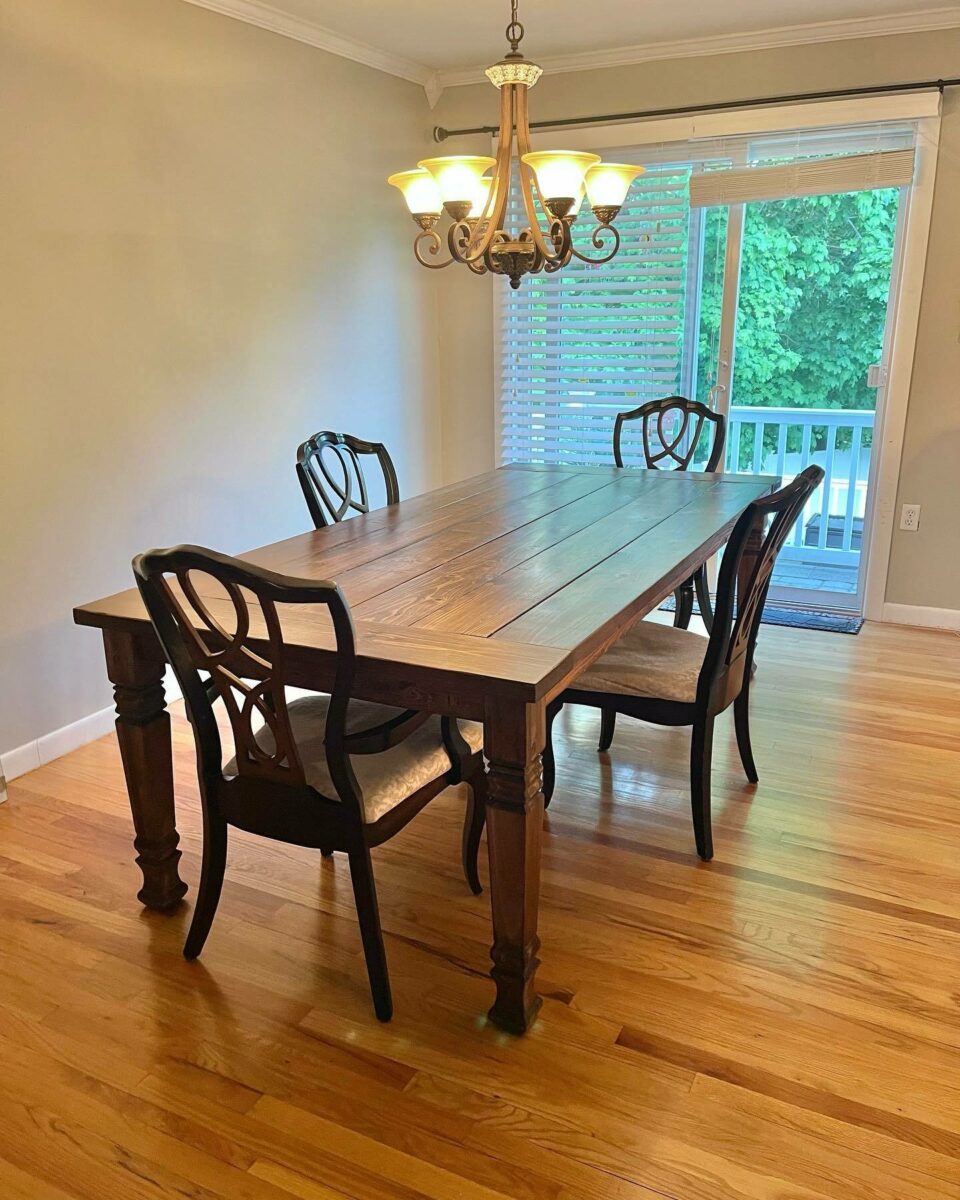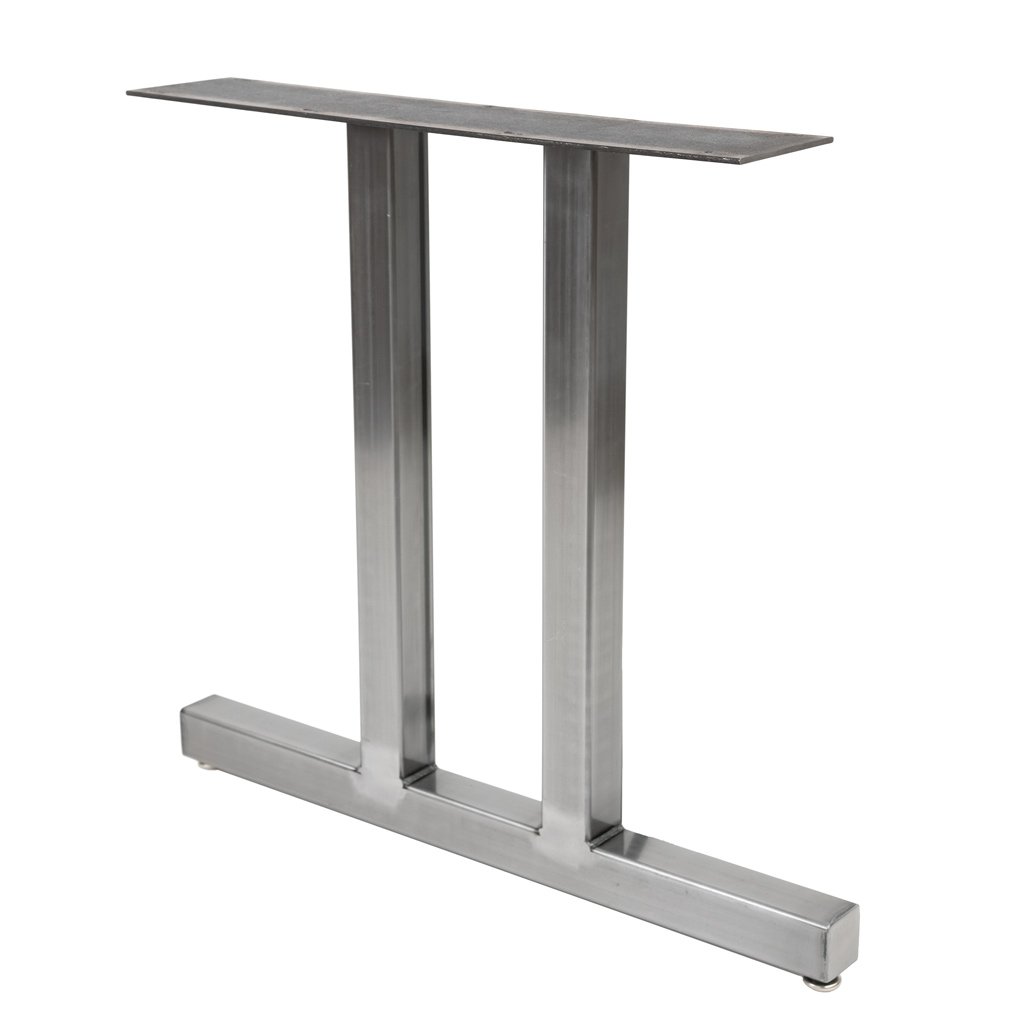How to Maintain and Care for Your Dining Room Table Legs
How to Maintain and Care for Your Dining Room Table Legs
Blog Article
Exactly How to Pick the Perfect Dining-room Table Legs for Your Home Décor
Picking the suitable dining-room table legs is a nuanced process that needs mindful consideration of different components, including your space restrictions, aesthetic choices, and useful needs. The interaction in between dimensions, products, and designs can considerably influence the atmosphere of your eating location, making it important to approach this choice carefully. As you contemplate the myriad choices offered, it becomes clear that the best option expands past plain appearance; it can boost your total eating experience. What elements should you focus on to guarantee your selection matches your home's special character?
Assess Your Dining Space
Examining your dining room is vital for choosing the right table legs that match both looks and performance. Begin by gauging the dimensions of your dining location, including ceiling elevation, flooring room, and proximity to other furnishings. This information will aid figure out the ideal dimension and height of your table, which directly affects the option of table legs.
Following, think about the design and format of your eating room. An open-concept design might profit from table legs that provide visual agility, such as slender metal or acrylic choices. Conversely, a more conventional setup may ask for tough wood legs that supply a feeling of durability.
Assess the existing color scheme and products in your dining location. Balancing the table legs with these components produces a natural appearance that improves the total style.
Ultimately, a comprehensive evaluation of your eating room will certainly guide you in making an informed decision, guaranteeing that your table legs not only improve the aesthetic allure however additionally offer practical objectives.
Consider Your Style Preferences
When picking dining-room table legs, it is important to reflect on your individual style choices, as they dramatically affect the general visual of your dining room. Your selection of table legs can either enhance or contrast with existing décor, making it crucial to align them with your preferred interior decoration style.
If your home leans in the direction of a modern-day visual, consider streamlined metal or minimalist wooden legs that give a clean, minimalist look. For an extra conventional technique, luxuriant wood legs with intricate carvings can include a touch of style and sophistication. Industrial styles gain from durable, basic materials such as redeemed wood and steel mixes, showing a tough charm.
In addition, farmhouse and rustic designs typically prefer sturdy, chunky legs that evoke a feeling of heat and comfort. Conversely, if your design is diverse, you may pick unconventional forms or a mix of materials to develop visual interest.

Evaluate Product Options
The selection of material for eating room table legs plays a critical function in both longevity and visual charm. Usual materials include timber, steel, and composite choices, each offering distinct qualities that can affect the general look and longevity of your table.
Timber is a classic choice, understood for its warmth and flexibility. Hardwoods like oak and walnut give phenomenal toughness and can be completed in numerous discolorations to match any decoration. Softwoods like ache are much more prone to scrapes and damages, making them less suitable for high-traffic areas.
Steel legs, usually crafted from steel or light weight aluminum, exhibit modernity and commercial appeal. They are very durable and immune to put on, making them suitable for families with kids or regular gatherings (dining room table legs). In addition, metal can be finished in various check it out shades, boosting the personalization opportunities
Composite materials, such as MDF or laminate, deal affordability and varied layouts. While commonly less long lasting than strong timber or steel, they can still give a fashionable appearance and are frequently simple to maintain.
Ultimately, read here the material you select need to straighten with your way of life, visual choices, and the degree of use your dining table will experience.
Determine Elevation and Size
Selecting the suitable elevation and size for your dining space table is important for both functionality and comfort. The standard elevation for eating tables commonly varies from 28 to 30 inches, enabling sufficient legroom for a lot of individuals when seated. It is crucial to consider the dimensions of your dining room and the types of chairs you intend to make use of.

Moreover, consider the percentages of your dining-room. A larger table in a spacious location can create a grand atmosphere, while a smaller sized table functions well in even more intimate setups. Ultimately, the best elevation and size will balance with your total design and improve the dining experience for you and your visitors.
Explore Modification Opportunities

Furthermore, the layout of the legs can be tailored to fit numerous designs, such as rustic, modern-day, or commercial. Tapered legs can stimulate a mid-century modern-day feeling, while beefy, block-style legs might reverberate with conventional or farmhouse decor.
Homeowners can additionally discover shade finishes, from natural wood stains to repaint, enabling them to match or comparison with the tabletop and bordering design.
Furthermore, leg elevation can be adapted to suit particular seating plans or personal preferences, boosting both comfort and functionality.
Finally, distinct embellishments, such as carvings or attractive braces, can even more personalize the table legs, making the eating experience not just a dish but a statement item in the home. By thinking about these modification choices, home owners can develop a dining area table that truly reflects their uniqueness.
Final Thought
Selecting the ideal dining-room table legs requires mindful factor to consider of numerous factors, consisting of the measurements of the eating space, style choices, material sturdiness, and preferred height. Customization choices even more enhance the ability to achieve a cohesive visual that matches the general decor. By systematically examining these elements, home owners can ensure that the chosen table legs not just meet functional needs yet also add favorably to the dining experience and setting of the home.
Selecting the ideal dining space table legs is a nuanced procedure that needs mindful factor to consider of different components, including your space restrictions, visual choices, and sensible needs.Examining your dining room is critical for picking the right table legs that complement both aesthetic appeals and functionality.When determining size, determine the area where the table will be placed to guarantee it fits comfortably, permitting for at least 36 inches of clearance around the table for simple activity. A larger table in a roomy location can produce a grand setting, while a smaller sized table functions well in even more intimate settings.Picking the optimal eating space table legs calls for mindful consideration of different aspects, including the measurements of the eating room, style preferences, product durability, and desired height.
Report this page